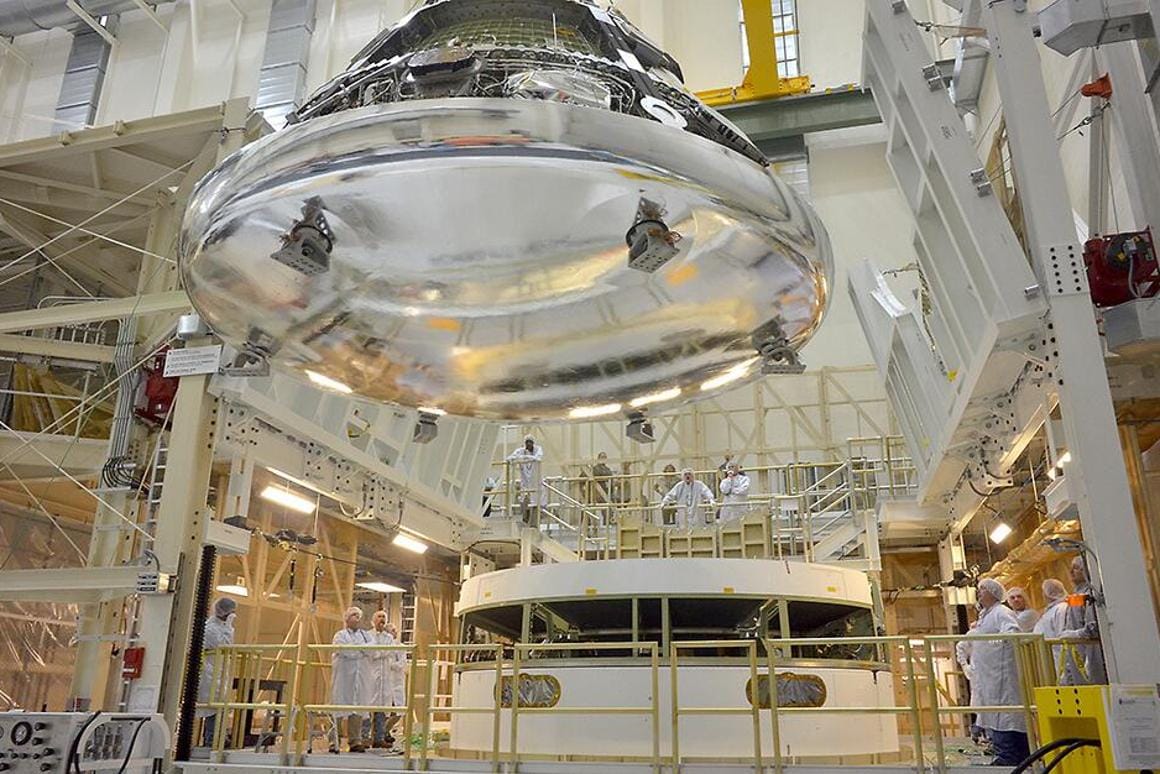The alarming trend of Antarctic ice melt has scientists and experts worldwide on high alert, as the consequences of rising sea levels are far-reaching. The collapse of large ice shelves in Antarctica has been a primary factor driving their accelerating melt, contributing to substantial ice mass loss. The recent surge in Antarctic melting has prompted urgent discussions regarding the potential impacts on global sea levels, as coastal communities could be impacted by flooding, erosion, and saltwater intrusion into freshwater aquifers.
As the polar regions continue to be affected by climate change, the Antarctic melt situation is becoming increasingly urgent. The Antarctic ice sheet, which holds the majority of Earth’s freshwater reserves, is a critical component for the stability of global sea levels. Increased greenhouses gases such as carbon dioxide and methane due to human activities and industrial processes are primarily responsible for the temperature increase in Antarctica.
Researchers have documented substantial reductions in Antarctic sea ice extent and thickness, leading to concerns about future changes. The collapse of critical ice shelves, like those observed in the Antarctic Peninsula, has raised alarm bells as to the potential impacts on neighboring islands and densely populated coastal areas.
Antarctica is a critical component for maintaining the stability of our global climate, and the alarming rate of its melting ice shelves could set off a chain reaction of events that could lead to irreversible changes. The risk of rising global sea levels, combined with the potential for massive seawater infiltration in the polar regions, highlights the immediate need for global action to reduce greenhouse gas emissions.
Concrete steps must be taken to mitigate the catastrophic consequences of rising sea levels. Climate policies and international treaties should prioritize emission reductions, emphasizing the importance of Earth’s environmental preservation. Moreover, innovative solutions are needed to address the posed challenges, such as supporting regional restoration efforts and enabling technological advancements in infrastructure planning and adaptation.



